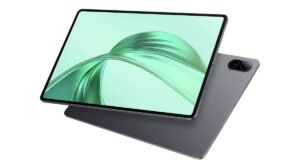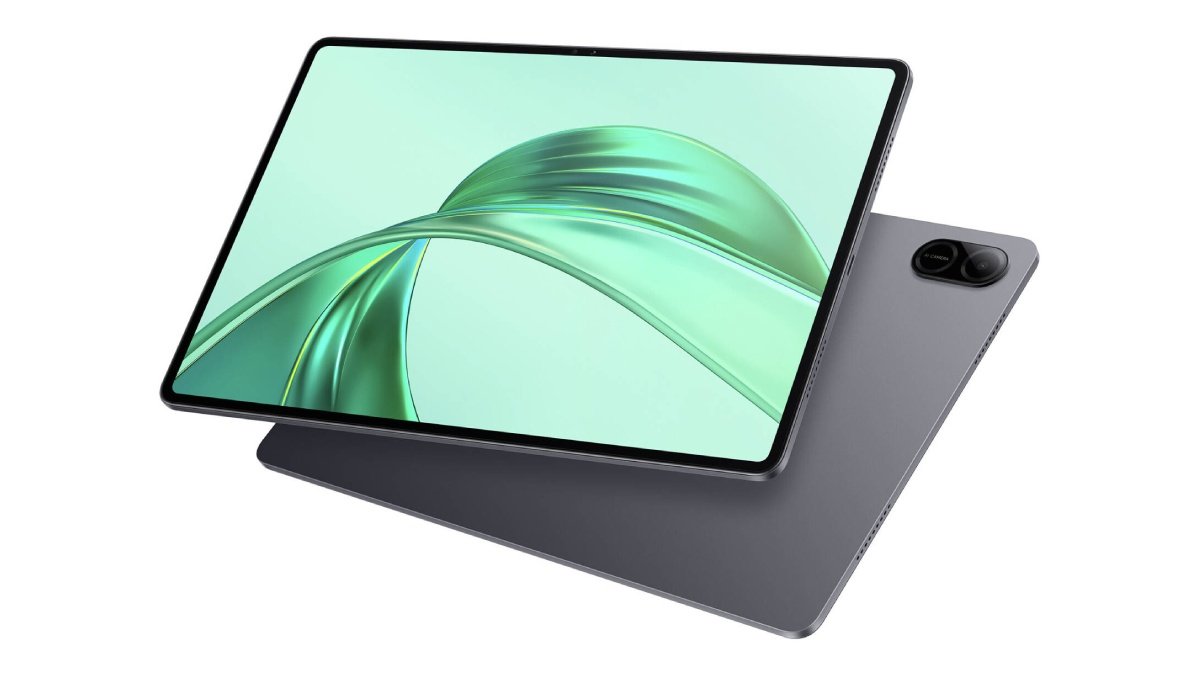In the dynamic realm of technology and innovation, LG Display’s recent strategic adjustments are set to notably impact the OLED panel supply chain for Apple’s anticipated iPhone 16, potentially transforming the smartphone’s design landscape. As Apple prepares for its future device launches, including the much-anticipated iPhone 16, LG Display is doubling its OLED production capabilities. This significant ramp-up in manufacturing capacity is expected to meet the growing demand for OLED panels, indicative of Apple’s ongoing transition to OLED technology across its device lineup.
Facing the challenge of manufacturing OLED displays with the thinnest bezels yet for the iPhone 16, LG Display is not just increasing production volumes but is also revising its supply chain strategy to enhance efficiency and reduce costs. The company is reportedly diversifying its sources for Display Driver IC (DDI) chips, a crucial component in OLED displays, by initiating partnerships with both LX Semicon and Novatech. This move, aimed at cost reduction, introduces competitive dynamics into LG Display’s supply chain while the company enjoys a growth in iPhone OLED shipments, projected to increase by 20% year-on-year.
As the OLED display market evolves, LG Display’s strategies reflect a broader trend of increasing competition and collaboration among tech giants. Samsung Display continues to lead in OLED iPhone display shipments, with LG and Chinese firm BOE also playing significant roles. LG’s establishment of specialized task forces to advance OLED technology underscores the competitive pressures and the importance of innovation in securing a place within Apple’s supply chain.
With Apple’s complete adoption of OLED technology for its iPhone lineup starting from the iPhone 12 series, LG Display’s role has become increasingly vital. The expected shipment of OLED panels for iPhones this year marks a significant increase, with LG Display anticipated to supply a larger share, reflecting both the growing demand for OLED technology and LG’s expanding capability to meet this demand.
This strategic repositioning by LG Display, aimed at both ramping up production and optimizing costs, suggests a robust response to the evolving demands of the smartphone market, particularly in relation to Apple’s flagship devices. As the anticipation for the iPhone 16 grows, the industry watches closely to see how these supply chain dynamics will unfold, shaping the capabilities and features of future smartphones.



















Add Comment